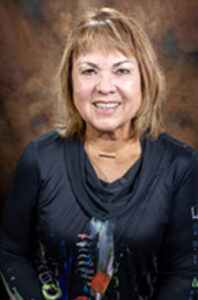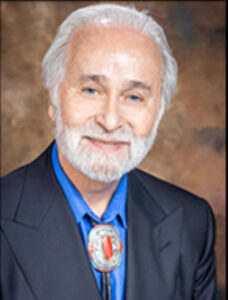In a County the size of Israel with faculty, students, thousands of elderly, disabled and others working full time having an interest in the tax supported College Board decisions, it has suspended live video streaming of its meetings. The Board Chair says wait for video to be posted in the future and that’s enough| The May video, for example, was posted four months later at the end of September and that’s apparently ok
Yavapai County covers 8,125 square miles and compares in size with Connecticut, Delaware, Rhode Island and New Jersey. It is about the size of the nation of Israel. It is only slightly smaller than Maricopa, County, Arizona. Maricopa covers 9,224 square miles and is the fourth largest county in the United States.
The County is divided by the Black Hills mountain range that runs west and east with Mingus mountain creating a natural physical barrier between the two sides of the County. There are few roads connecting the concentrated population centers in the west region of the County with the more rural areas in the east. For many, the most direct route in the east region to the west region is a single-lane alternate highway 89-A. It somewhat perilously crawls over Mingus Mountain at 7,815 feet.
During the winter, passage using highway 89A over the mountain range can be dangerous because of ice and snow packed roads. There is no public or private transportation between the east and west sides of the County.
The College has invested thousands of dollars on expensive television equipment, renovating the Rock House in part specifically for tv, and has asked for thousands more to create a tv facility on the Prescott Campus. Despite the taxpayer investment, purchase of equipment, and availability of easy live broadcasting on the College’s YouTube channel of its handful of yearly meeting, the District Governing Board, according to its Chair, has decided to no longer live-stream the events. That leaves faculty, students, interested residents, and especially those with disabilities in the dark waiting until the video is eventually posted at a time when memories may have faded and important actions taken without resident knowledge have been made.
In some cases, such as the May 2022 budget meeting, the video of the Board meeting was not posted to the website until four months after the meeting in late September. Think of that!
Late posting allows the College Board and the College itself to spread and sculpture their views of what transpired at a Board meeting. The Board can rely on declining interest in a topic over time to accommodate their lag in producing the video or posting detailed minutes for public review.
If you are in the know about how to eventually find a Board video before it is actually posted to the website, and only a few in the County are, the College will send you a link to the video a few days after it was held. But you must wait. You also must know that your request needs to be sent to the College President’s administrative assistant. Of course, this information is kept from the public because nowhere on the Board website or anywhere else is the public informed of how to obtain a link to the video.

District Governing Board Chair Deb McCasland
Third District Governing Board Representative Paul Chevalier, who is concerned that matters not be so easily covered up from residents by the College and Board, recently asked the Board Chair the reason the live streaming had ceased. The Chair replied: “With our meetings open to the public now that there are no Covid restrictions, we are not live streaming our meetings on uTube. UTube was a Covid accommodation for the Open Meeting Law. The meetings are still being recorded and can be requested through Yvonne or view it on the college website as we have done for many years.”
The Chair may not realize that the Videos are not promptly posted after a meeting, but are posted on the Board website only after minutes are approved. This may be months following a meeting. The Chair may also not realize that there is no information posted on the Board website so that members of the public, faculty or students know to whom and how to request a link to the video. The Chair may not realize that the videos are not available until three business days after the meeting has passed, even if you know where to find them.
Mr. Chevalier’s initial request that the College live stream the handful of Board meetings was turned down by the Chair. He wrote in an email to the Chair asking for reconsideration and saying that:

Third District Representative Paul Chevalier
“People find it quicker and more convenient than waiting for and getting into our videos. . . . I am aware of City Councils in our county that regularly stream their meetings through YouTube. Is that difficult or expensive for us to do? If not, I believe it would be a good service to the interested public we serve. Please reconsider.”
The Chair indicated there would not be reconsideration.
Mr. Chevalier noted in his emails to the Chair that the County can expect “more covid cases this winter,” which apparently had no effect.
In the end, the District Governing Board continues to draw a curtain of semi-secrecy about its proceedings. Unlike in the past, agendas are posted to the Governing Board website without attachments; they are as short as possible. PowerPoint slides, once always posted to the Board website prior to Board meetings, are no longer posted. Minutes of the meetings themselves are summary and do not contain important comments from various Board members. Videos that are being produced with sometimes defective sound, poor lighting, interviews with the public without aueio, and overall poor video production. PowerPoint slides being used by a speaker may not appear anywhere on video (or in draft minutes).
It’s hard to believe that a Governing Board of a Community College has yet to recognize it’s the 21 century. And, that it is regressing to the 19th century in record keeping and accountability.
Or, is the College and this Governing Board simply trying to run from accountability to students, faculty, and the residents of Yavapai County?
